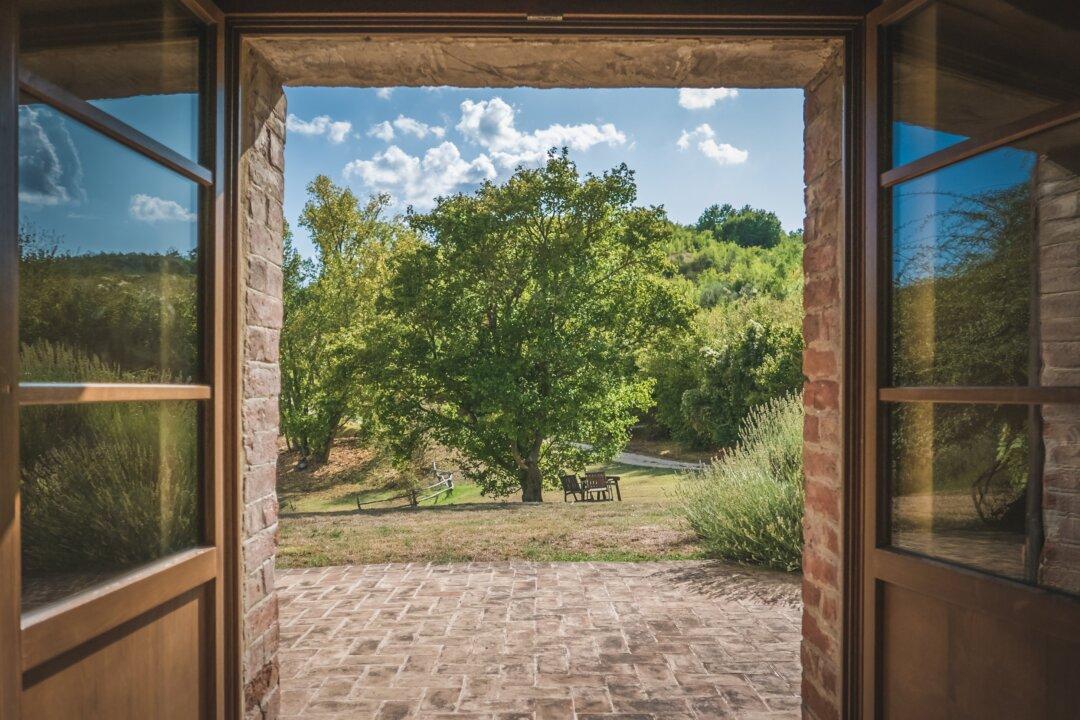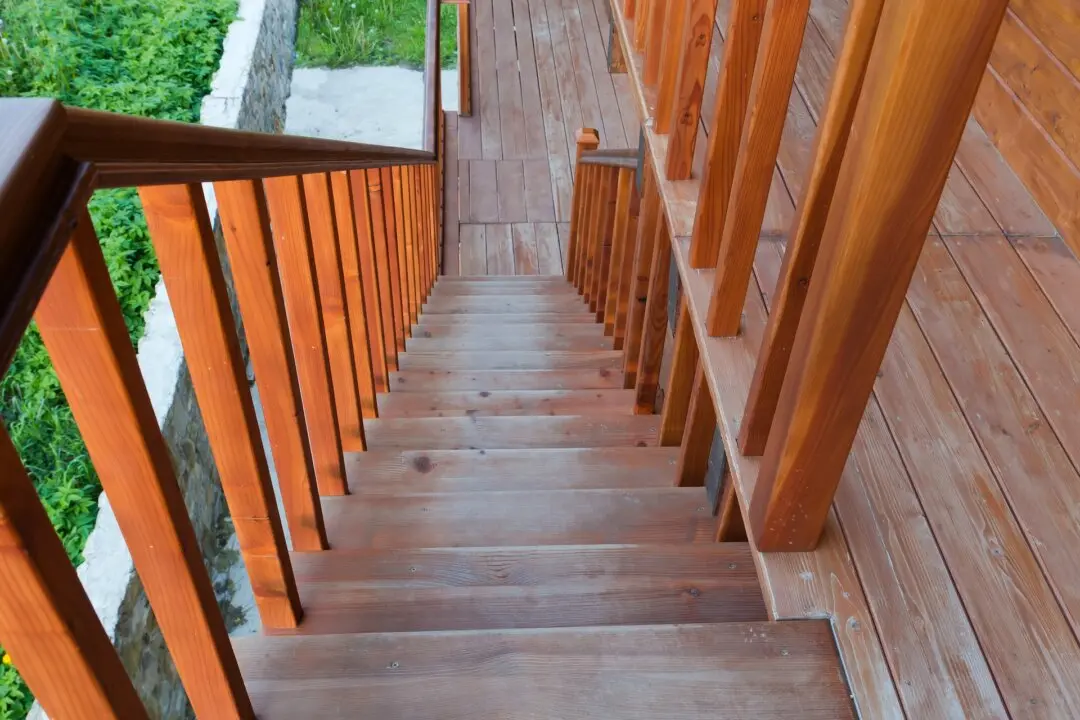Dear James: We bought a lot with many trees for our new house. What precautions should our contractor take so trees near the house are not damaged during construction? —Diane K.
Dear Diane: Obviously, some of the trees will have to be removed to create open space for your house. If you plan to use the energy conservation advantages of a wooded lot, pay attention to the types of trees and the shade they provide when locating your house on the lot.





